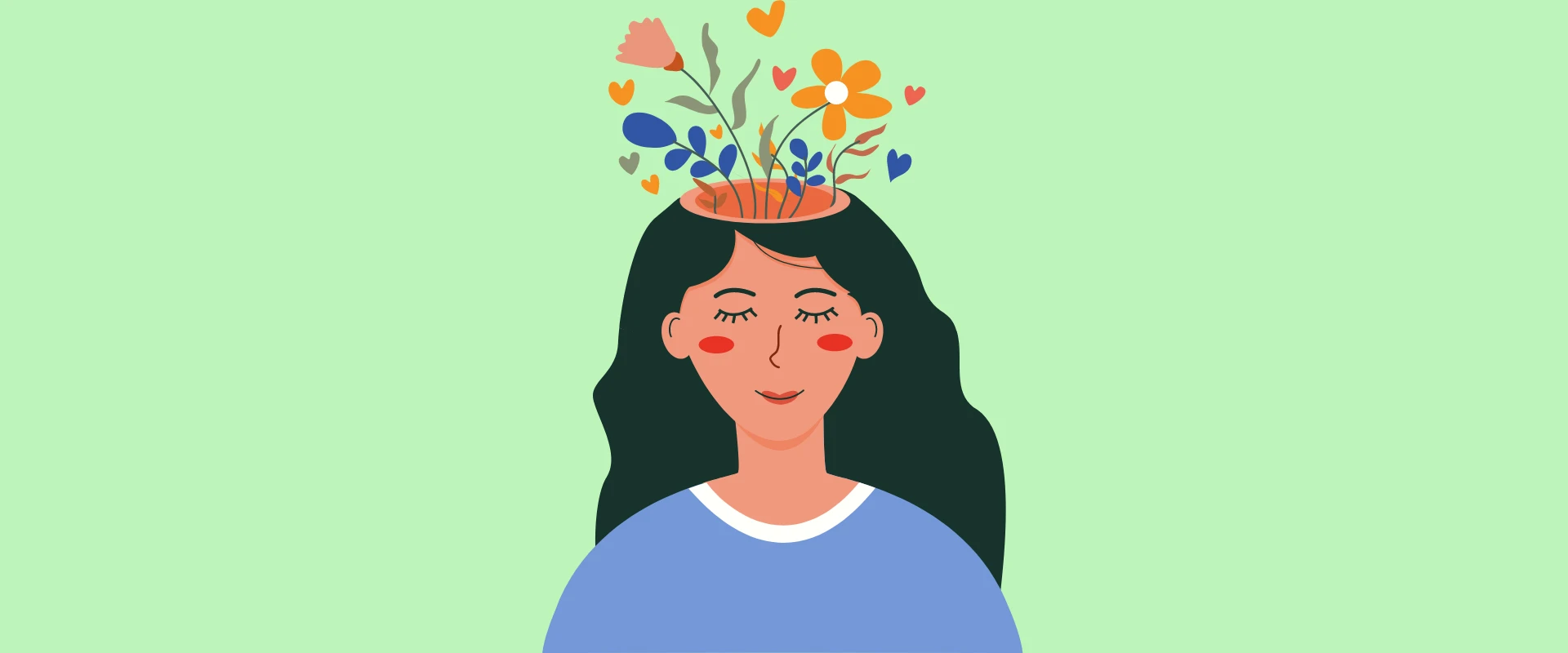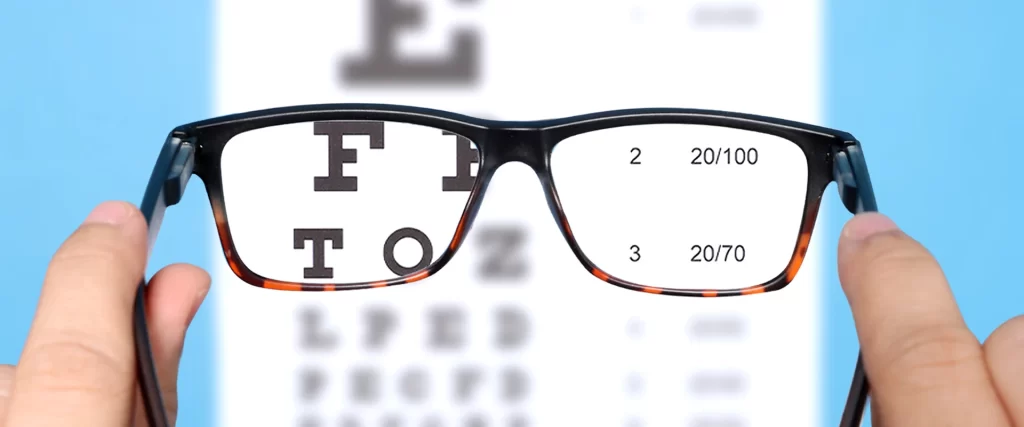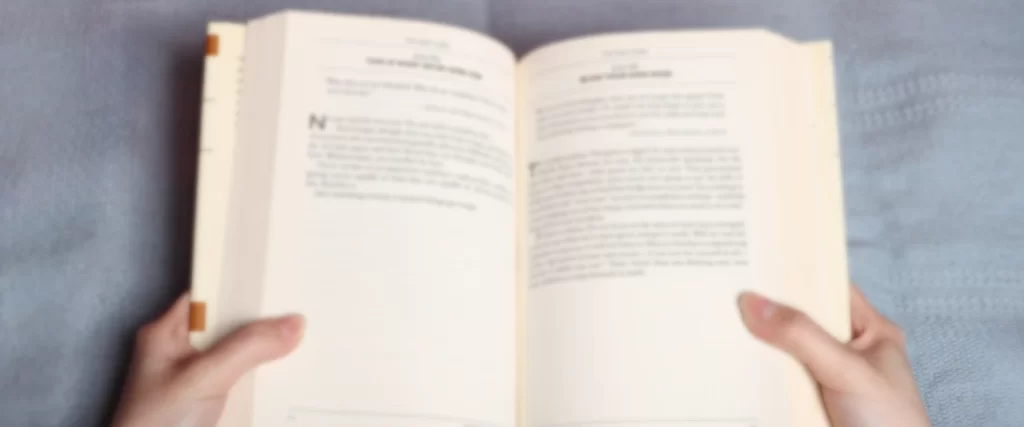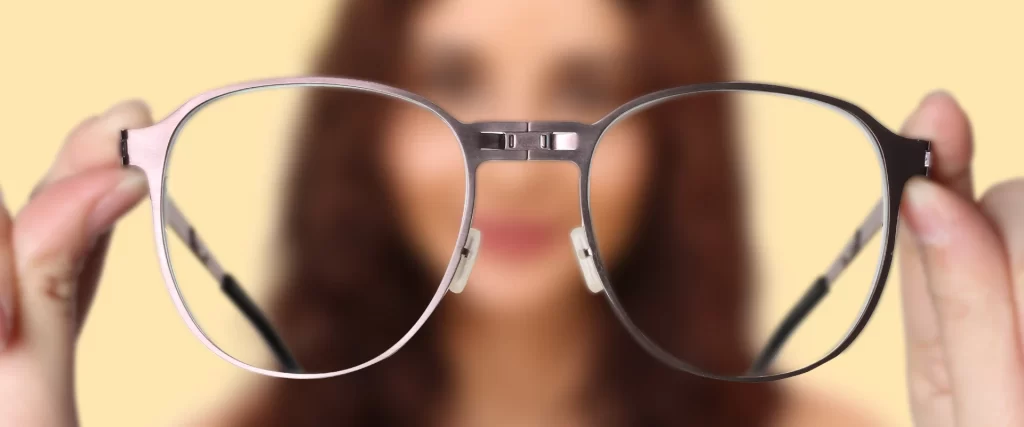
How Reading Can Help Improve Your Mental Health
Happy Eyes and A Healthy Mind Reading allows us to have multiple lives without leaving

There are different reasons to buy new specs. It can feel exciting, especially if you’re looking forward to having them for months. However, wearing them for the first time often comes with discomfort, such as headaches or dizziness. Of course, it can get frustrating when you want a better vision — but you’re having a hard time instead. Don’t worry; the problems typically disappear once you get used to them. Read on to understand further.
Before diving into everything, we need to know whether or not you need glasses. There are telltale signs you can observe to identify if it’s time to wear specs. Reading the text of your favorite book is starting to get tough. Interpreting road signs is challenging, as you have to squint your eyes to view them better. You struggle to meet the deadlines as an office worker because you can’t focus on the computer screen for too long. You notice your eyes constantly feeling itchy and irritable.
All of these experiences — and more — are hints about needing new glasses. If you allow them to persist, your visual acuity may worsen due to refractive errors, and eye strain may constantly come to you. So, if you don’t want things to get worse, listen to your body!

It is typical to experience problems during the period adjusting to new glasses, as they typically disappear after some time. You can observe if you notice the following symptoms:
If you want your eyes and brain to adjust to your new lens, allow them time to get used to having a different view. They register your poor vision as “normal” because they’ve been seeing and processing blurry images for quite some time. Thus, adjusting to the “new normal” would require your patience. But for how long?
Typically, it takes 2-3 days for your eyes to settle into adjusting to new glasses. Some cases take longer, especially if there is a significant prescription change, a switch to progressive lenses, or the first time wearing prescription glasses. But your habits can also be the reason for a slow adjustment period. Check if you’re doing any of the below:

It’s not the time to experiment on various frames to see which looks best. That’s something you should have done before they work on your glasses. Also, if you’re not wearing prescriptive specs, you still need time for them to feel familiar on your face. Thus, the more you switch and allow changes to happen, the longer your eyes and brain have to adjust. What a hassle!
The symptoms above can pose a problem when they cause enduring irritation and frustration. There are instances where symptoms persist for longer than they should, often lasting for at least two weeks. One possible reason is due to issues in lens manufacturing. Thus, booking an appointment to see your optometrist is the best action when this happens.
Persistent symptoms like headaches, dizziness, and blurry vision may mean that your glasses don’t suit your eyes and need adjusting to new glasses. Your optometrist will be responsible for checking the accuracy of the prescription, among other things, and making changes as necessary.
It’s time to stop putting off going to your optometrist! Expert eye care isn’t difficult to find. That’s why EO Executive Optical offers a free eye checkup in all branches nationwide to help make caring for your eyes easy, affordable, and accessible. Make it a habit to include eye care in your priority list.

Happy Eyes and A Healthy Mind Reading allows us to have multiple lives without leaving

Imagine meeting someone for the first time and making eye contact with you. Wouldn’t you

Have you ever noticed why most of your family members have poor eyesight or why